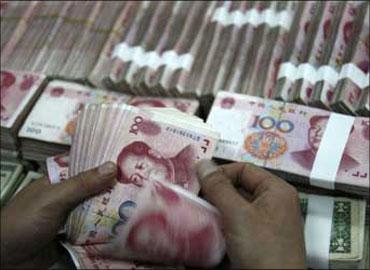
On September 27, Brazil's finance minister stated that an "international currency war" has erupted. In its October 16 issue, The Economist put "Currency wars" on its cover, with evocative imagery of an aerial dogfight between paper planes of currency notes from different countries.
As that issue pointed out, there are really three separate but related battles going on. First, there is the old and serious problem of a more or less inflexible pegging of the Chinese yuan (aka renminbi) to the US dollar, contributing to the massive Chinese current account surpluses and huge international reserve holdings and correspondingly large and unsustainable deficits elsewhere.
Click NEXT to read on...
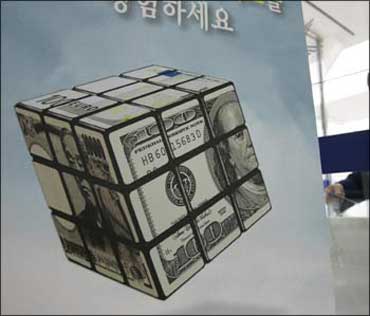
Policy rates in these jurisdictions are at or close to zero and money supply is being boosted through "quantitative easing" (QE), whereby the central banks pump up liquidity by purchasing government bonds and other assets. Such action normally tends to cheapen the currencies involved.
Click NEXT to read on...
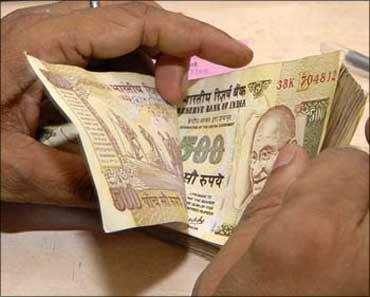
Actually, all three of these phenomena or "battles" have been around for well over a decade. It's just that at the present juncture their concurrence and virulence are unduly strong and threaten international economic harmony, to put it mildly. A few words on each of these.
Click NEXT to read on...
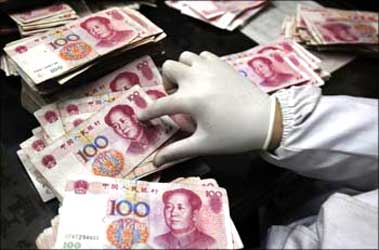
So, any effort at moderating global trading imbalances (and all the ills that go with them) must involve a central role for the yuan's appreciation. Of course, it also requires higher savings in deficit countries (such as the US and the UK) and lower savings in surplus economies (such as China, Germany, Japan and the oil exporters).
Click NEXT to read on...
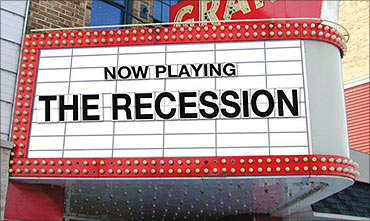
They also resorted to massive fiscal stimuli. As the world began to climb out of recession (growth recession in some major EMEs, such as China and India) in late 2009, a number of countries began the process of "exit" from exceptionally loose monetary and fiscal policies.
India began in early 2010, China very recently and many fiscally stressed European nations began fiscal consolidation this summer, especially after the Greek fiscal crisis.
However, in most industrial countries, monetary policy has remained very loose. And in the US behemoth (and also the UK), it is likely to get looser as fiscal stimulus peters out and unemployment stays high (in the US), and sharp fiscal tightening (in the UK) provokes compensatory monetary loosening. The eurozone might also loosen monetary policy as announced fiscal austerity bites.
Click NEXT to read on...
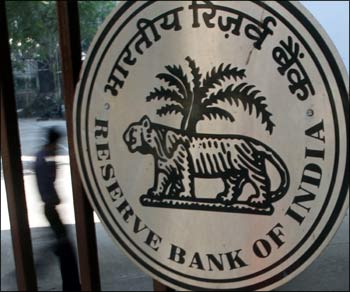
As EME currencies have appreciated and their international competitiveness has weakened, some have resorted to countermeasures: Brazil has doubled its tax (levied a few months ago) on debt inflows; Thailand has announced a new 15 per cent withholding tax on bond purchases by foreigners; Taiwan has placed restrictions on portfolio inflows; and several EMEs (and Japan) have intervened in currency markets to moderate their currency appreciations. China, for example, has allowed very modest appreciation.
What about India? What have we done? Our authorities (government and RBI) seem to have succumbed to watchful inaction. Since March 2009 the rupee has been allowed to rack up the sharpest appreciation (by a long margin) in real effective exchange rate (REER) terms in our recorded history: about 25 per cent up till September 2010 according to the six-currency index (major trading partners) and 15 per cent according to the 36-currency index (includes significant competitor countries).
Click NEXT to read on...

Despite all the noble official pronouncements favouring "inclusive growth" and "financial inclusion", our exchange rate policies have contributed to significant job losses in labour-intensive sectors producing traded goods and services.
And the encouragement of external borrowing (including the recently raised caps on FII investment in bonds) and surging portfolio inflows have refuelled asset bubbles in equities and real estate, which, if they reverse, could stress parts of our financial system in a replay of what happened in 2008-09.
The sharply appreciating rupee has, of course, weakened the medium-term viability of our balance of payments. Basically, we have failed to reduce significantly the collateral damage from the ongoing international currency/monetary wars.
Click NEXT to read on...

Of course, the liquidity consequences of the forex purchases should be sterilised through the standard techniques deployed so effectively in 2004-07. Second, we should deploy whatever tools for capital account management that are at hand to contain surging flows.
Click NEXT to read on...

Click NEXT to read on...
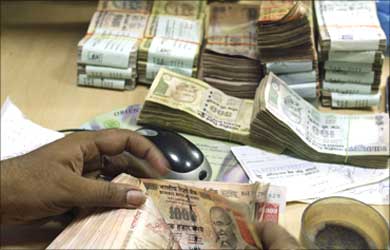
In the G20 context, we should have little difficulty in supporting the recent US proposal for numerical caps of around 4 per cent of GDP for current account surpluses and deficits. The proposal is obviously aimed at the major surplus countries. The problem is the absence of any realistic enforcement mechanism even if such caps could be agreed.
The author is honorary professor at ICRIER and former chief economic adviser to the Government of India. The views expressed are personal.
Click NEXT to read on...